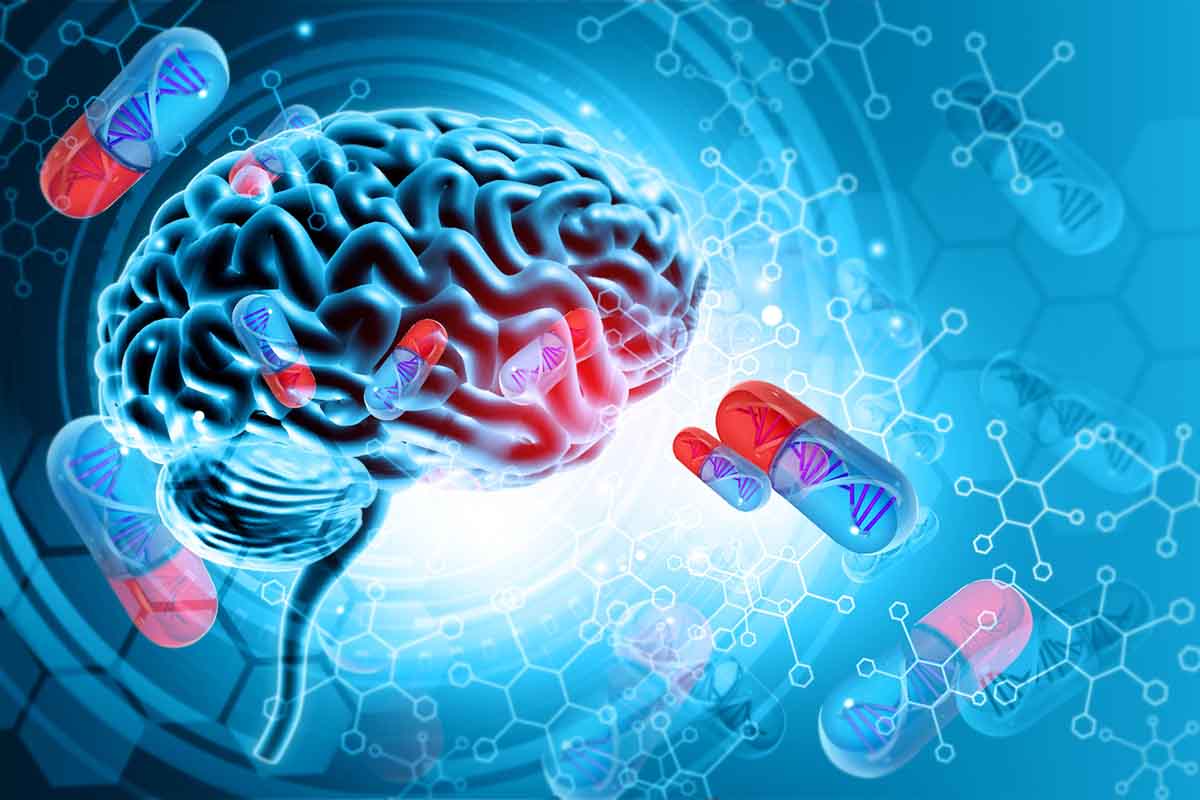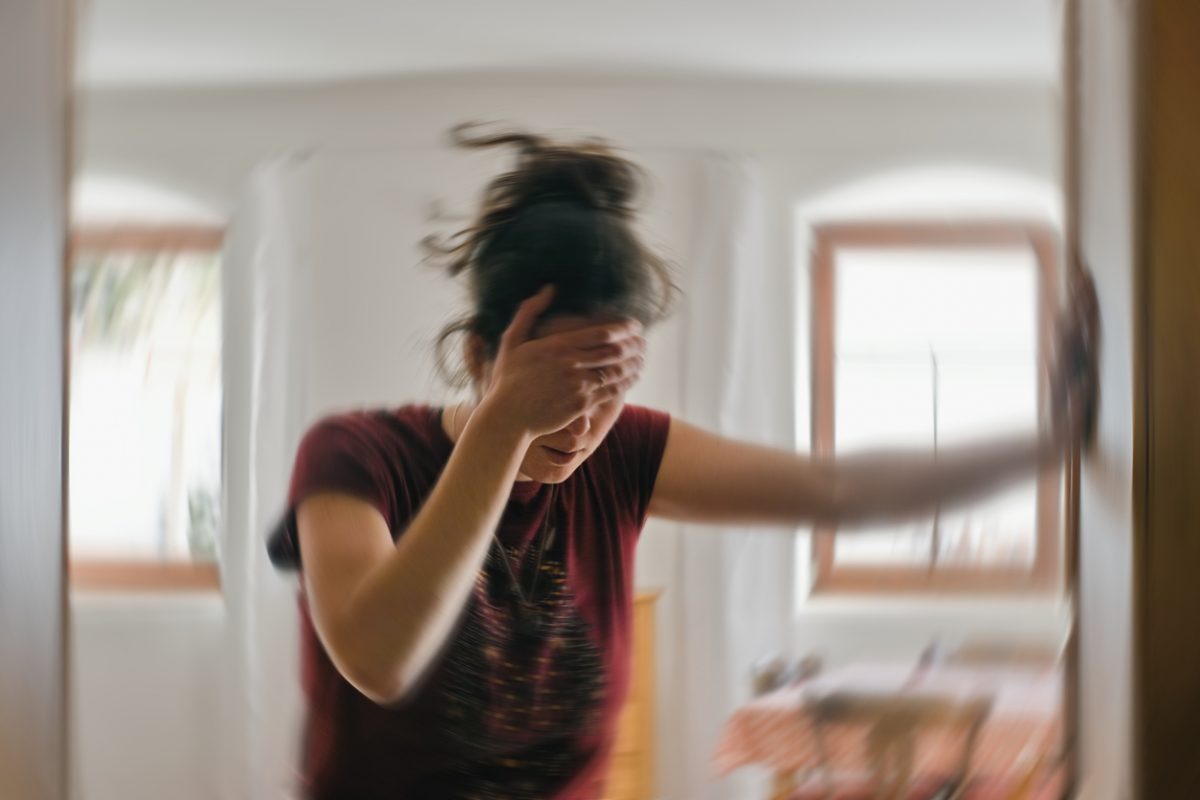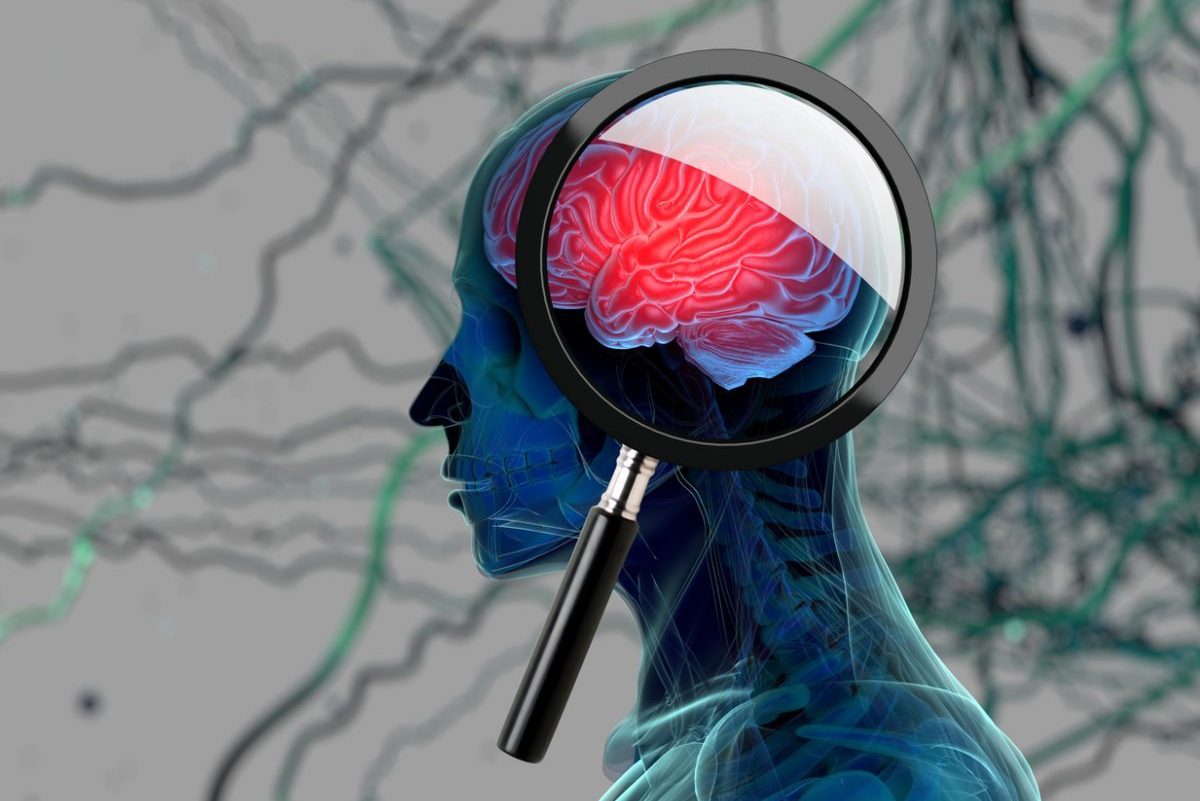Objective: Neuropsychiatric symptoms affect 37% of US adults. These symptoms are often refractory to standard therapies, and patients may consequently opt for complementary and alternative medicine therapies (CAM). We sought to determine the demand for CAM by those with neuropsychiatric symptoms compared to those without neuropsychiatric symptoms as measured by out-of-pocket expenditure.
Method: We compared CAM expenditure between US adults with and without neuropsychiatric symptoms (n = 23,393) using the 2007 National Health Interview Survey. Symptoms included depression, anxiety, insomnia, attention deficits, headaches, excessive sleepiness, and memory loss. CAM was defined per guidelines from the National Institutes of Health as mind-body therapies, biological therapies, manipulation therapies, or alternative medical systems. Expenditure on CAM by those without neuropsychiatric symptoms was compared to those with neuropsychiatric symptoms.
Results: Of the adults surveyed, 37% had ≥ 1 neuropsychiatric symptom and spent $14.8 billion out-of-pocket on CAM. Those with ≥ 1 neuropsychiatric symptom were more likely than those without neuropsychiatric symptoms to spend on CAM (27.4% vs 20.3%, P < .001). Likelihood to spend on CAM increased with number of symptoms (27.2% with ≥ 3 symptoms, P < .001). After adjustment was made for confounders using logistic regression, those with ≥ 1 neuropsychiatric symptom remained more likely to spend on CAM (odds ratio [OR] = 1.34; 95% CI, 1.22-1.48), and the likelihood increased to 1.55 (95% CI, 1.34-1.79) for ≥ 3 symptoms. Anxiety (OR = 1.40 [95% CI, 1.22-1.60]) and excessive sleepiness (OR = 1.36 [95% CI, 1.21-1.54]) were the most closely associated with CAM expenditure.
Conclusions: Those with ≥ 1 neuropsychiatric symptom had disproportionately higher demand for CAM than those without symptoms. Research regarding safety, efficacy, and cost-effectiveness of CAM is limited; therefore, future research should evaluate these issues given the tremendous demand for these treatments.
Members Only Content
This full article is available exclusively to Professional tier members. Subscribe now to unlock the HTML version and gain unlimited access to our entire library plus all PDFs. If you’re already a subscriber, please log in below to continue reading.
Please sign in or purchase this PDF for $40.00.
Already a member? Login





